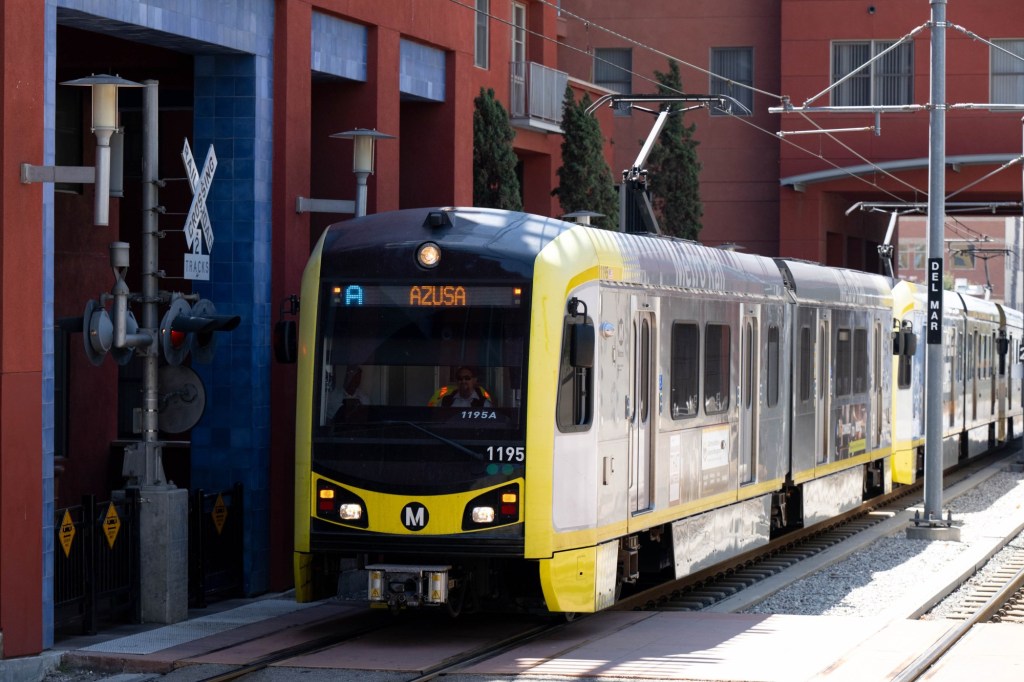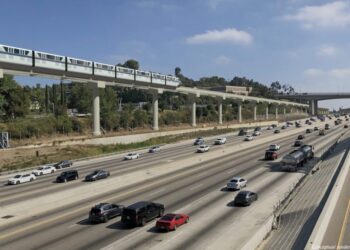Ridership on LA Metro trains and buses rose significantly in February over the same time last year, marking the fifteenth consecutive month of increases, the transit agency reported on Thursday, April 4.
Total ridership jumped 9.4% in February 2024, as compared to February 2023, equaling more than 23 million total boardings for the month.
Ridership on the system plummeted during the first two years of the COVID-19 pandemic, as offices and schools closed and riders stayed home. LA Metro has been trying to get back to pre-pandemic levels and the newest figures show bus and rail ridership reached 81% of the February 2019 ridership level.
But weekday commuter volumes are lagging behind, mostly due to white-collar employees working from home. Even employers who encourage employees to return to the workplace often use a hybrid schedule, with employees traveling to workplaces part of the work week while working from home the rest of the week.
“If they are going to the office it is on Tuesday, Wednesday and Thursday only,” said Bart Reed, executive director of the nonprofit Transit Coalition, which watches trends in transit in Los Angeles County. “Large office buildings are going bankrupt and offices aren’t being used the same way when people find out they can work from home.”
A large portion of the ridership uptick comes from “leisure travelers” who have contributed most to the ridership recovery, Metro reported. These transit users have pushed up average boardings on Saturdays to 98.4% of pre-pandemic levels in February 2019. On the four Sundays in February 2024, boardings reached about 96% of February 2019.
Riders leaving their cars in driveways and taking trains and buses on Saturdays and Sundays in February were going to sporting events, museums and concerts, Metro reported. For example, weekend ridership climbed before and after the Los Angeles Football Club (LAFC) game against the Seattle Sounders at Exposition Park, served by the E Line and…
Read the full article here







